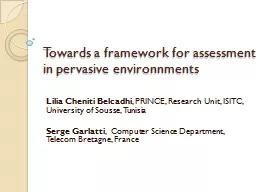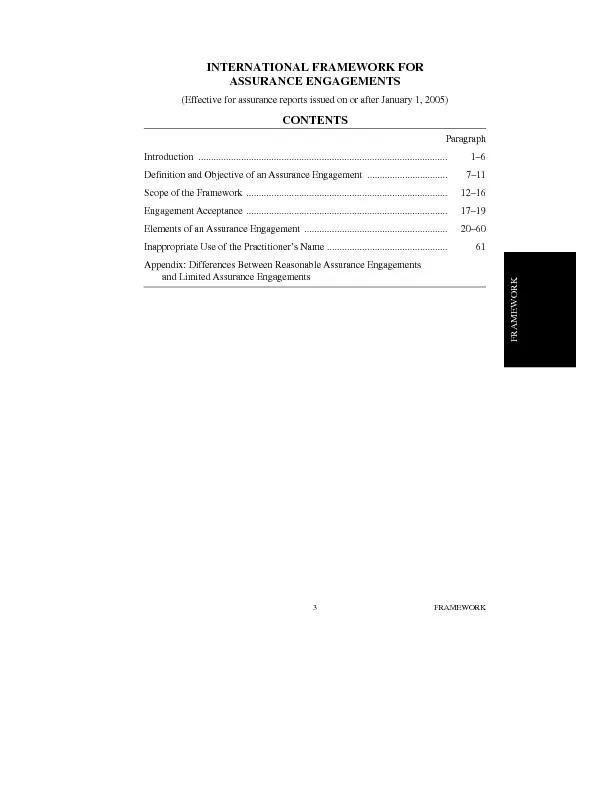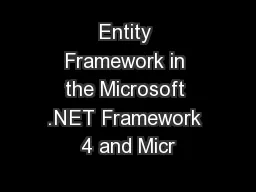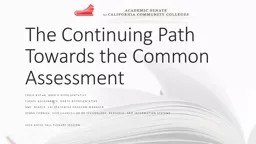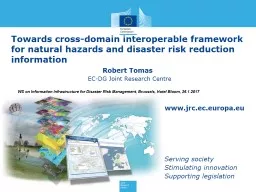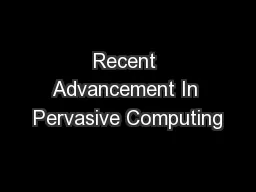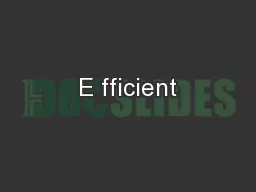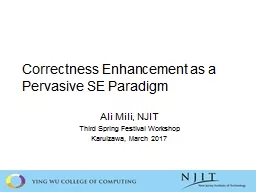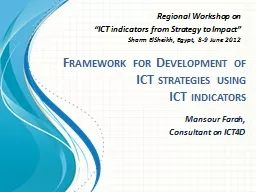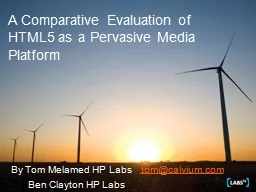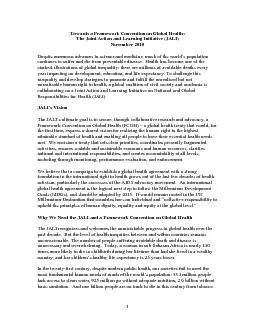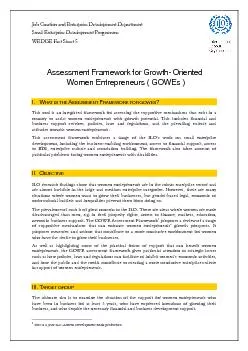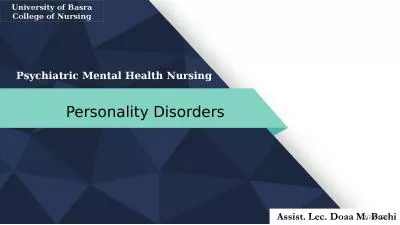PPT-Towards a framework for assessment in pervasive
Author : phoebe-click | Published Date : 2016-06-16
environnments Lilia Cheniti Belcadhi PRINCE Research Unit ISITC University of Sousse Tunisia Serge Garlatti Computer Science Department Telecom Bretagne France
Presentation Embed Code
Download Presentation
Download Presentation The PPT/PDF document "Towards a framework for assessment in pe..." is the property of its rightful owner. Permission is granted to download and print the materials on this website for personal, non-commercial use only, and to display it on your personal computer provided you do not modify the materials and that you retain all copyright notices contained in the materials. By downloading content from our website, you accept the terms of this agreement.
Towards a framework for assessment in pervasive: Transcript
Download Rules Of Document
"Towards a framework for assessment in pervasive"The content belongs to its owner. You may download and print it for personal use, without modification, and keep all copyright notices. By downloading, you agree to these terms.
Related Documents

